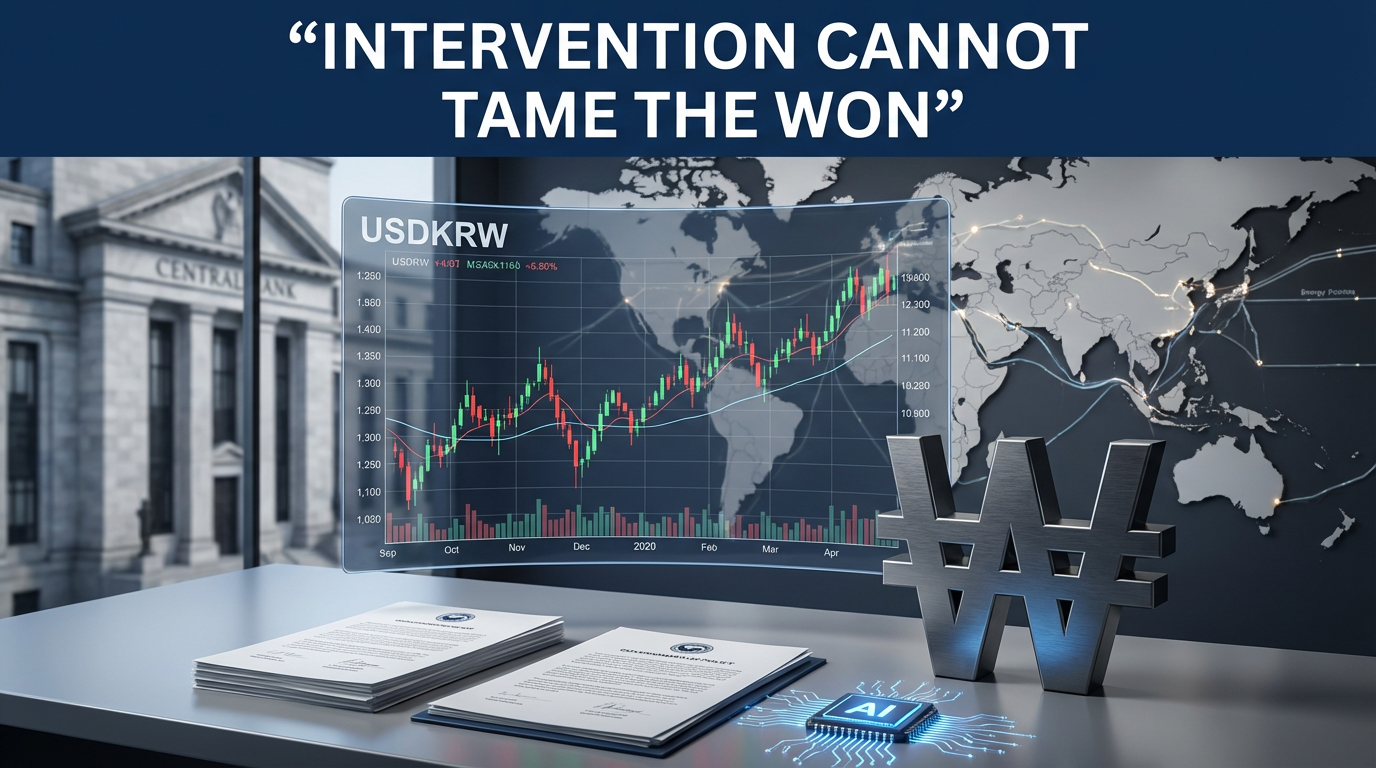● Recession Looming, Invest Cautiously
US Stock Market Volatility and Investment Opportunities – Thoroughly Organized from Recent Trends to Industry-Specific Strategies
1. US Stock Market Trends and Short-Term Volatility
The US stock market has shown significant short-term adjustments, with the S&P 500 falling by 1% and the NASDAQ plummeting by 3.5% last week.
The Russell 2000, an indicator of small and medium-sized stocks, fell by more than 3%, reflecting concerns about an economic recession.
However, the S&P 500 recorded a positive 1.2% return year-to-date, suggesting the possibility of recovery from a long-term perspective.
2. GDP and Consumption/Tariff Impact
The GDP Now indicator announced by the Atlanta Fed showed that the overall GDP growth rate fell to -1.3% due to a -0.2% decline in the consumption sector (0.5% when inflation is taken into account) and an additional -1.5% decline in the tariff-related sector.
However, it recorded a growth rate of 1.7% compared to the same period last year, which is relatively positive in terms of hard data.
3. Interest Rate Outlook and Liquidity Expansion
Currently, the US long-term interest rate reversal phenomenon is slightly easing, and in terms of monetary liquidity, liquidity in the financial market is expanding as deposit growth and loan growth surge.
This suggests that the possibility of interest rate cuts is high, and that there are not many factors that stimulate inflation.
4. Investment Sentiment and Short-Term-Long-Term Market Outlook
With pessimistic forecasts soaring to over 60%, the investment sentiment index indicates that the adjustment phase is likely to continue in the short term.
In the past, many cases have been observed in which there was a rebound within a month after an adjustment of 1 to 2 weeks in the past presidential term cycle.
In other words, there is short-term volatility, but there is a pattern in which the market has shown a strong upward trend in monthly, quarterly, and even 6-month units.
5. Sector-Specific Investment Analysis and Corporate Performance
In terms of performance, US companies’ profit growth rate is expected to increase from 18.2% last year to 12.1% this year and 14% next year.
In particular, the manufacturing, IT, and TMT (Tech, Media, and Telecommunications) industries are growing significantly with the introduction of AI-related technologies.
Strategic access by industry, including large tech stocks, as well as AI investments, software, bio, and finance/housing construction-related stocks, can lead to long-term investment opportunities.
6. Comprehensive Investment Strategy and Portfolio Composition
The current adjustment phase may rather act as a good investment opportunity.
It is important to not be swayed by short-term anxiety, but to focus on hard data and corporate fundamentals.
In particular, it is desirable to increase the proportion of stocks in the overall portfolio and focus on stocks with major IT, AI, and global economic structures.
In overseas investments, it is worth considering diversifying regions such as Korea and China.
< Summary >
While the US stock market has recently been adjusted due to short-term volatility, it emphasizes that although there are negative indicators due to GDP and consumption/tariffs, hard data is positive.
Through expectations of interest rate cuts, expansion of liquidity, and strong growth in the IT, manufacturing, and bio industries due to the introduction of AI, there is a high possibility that upward momentum will be maintained in the long term despite short-term instability.
Therefore, as an investment strategy, it is necessary to re-enter during short-term adjustments, increase the proportion of stocks, and focus on key keywords such as the global economic environment, IT/investment strategy, the US stock market, AI investment, and investment opportunities.
A portfolio composition that considers both stability and growth is required.
[Related Articles…:
US Stock Market Outlook |
Investment Strategy Analysis]
*YouTube Source: [유동원의 성공투자]
– 인위적 경기침체 올 것인가? 투자전략은?!

● Trump’s Korea Obsession – Geopolitical Goldmine
Analysis of the Latest Trends in the U.S. Global Economic Environment and Trump’s Policies
[1] Inauguration, Executive Orders, and Initial Momentum
Trump announced over 100 executive orders shortly after his inauguration.
Notably, strong measures such as border control and eradication of illegal immigration stood out.
The atmosphere of the public officials-concentrated area experienced in Washington, D.C. demonstrates these policy changes well.
Most of the executive orders are intended to reverse the policies of the Biden administration.
As such, key keywords related to the strong U.S. economy, global markets, trade disputes, Trump’s policies, and the Chinese economy are discussed together.
[2] Policy Changes in Major Areas Such as Border, Energy, and Tariff Policies
The will to restore domestic order through strengthened border control and crackdowns on illegal immigrants is evident.
In terms of energy policy, the complete withdrawal of the Biden administration’s green policies, the imminent resumption of LNG supply, and withdrawal from the Paris Agreement have made an impact.
Tariff policies are also noteworthy, with concerns over deepened trade disputes, such as the announcement of tariffs with Mexico and Canada, followed by threats of tariffs on China and the imposition of 25% tariffs on steel and aluminum.
As such, significant changes are foreshadowed in the internal and external economic order of the United States in all areas.
[3] Differentiation in External Strategy, Alliances, and Security Policies
The Trump administration’s foreign policy emphasizes American priority over traditional hegemony.
In alliance relations, a method of applying strong pressure to allies through threats and harsh rhetoric is noticeable.
On the other hand, the Biden administration attempts to induce cooperation by offering subsidies and carrots to allies.
The United States is taking a strong stance on issues such as containing China and Taiwan, and is showing movements to reorganize a clear security cooperation system with Korea and Japan beyond strategic ambiguity.
[4] U.S.-China Conflict, Taiwan, and Strategic Military Deployment
The U.S.-China conflict, which has gradually intensified since the Trump administration, remains a major topic at the present time.
In particular, with the rise of China’s economic power and changes in the global market landscape, the United States is preparing to contain the Chinese economy in trade, technology, and security as a whole.
The Taiwan issue is also at the center of the strategic power struggle between the two sides.
Unlike the Biden administration, which lacked a clear expression of its position on Taiwan, Trump tends to utilize it as military tension and negotiation leverage.
Along with this, moves to limit the expansion of China’s influence through strategic strongholds such as the Panama Canal and Greenland are also noteworthy.
[5] U.S.-Korea Alliance, North Korean Nuclear Issue, and Economic and Security Reorganization
The U.S.-Korea alliance has been the axis of U.S. security support and economic cooperation for decades, but the Trump administration is trying to reorganize it from a new American-first perspective.
Discussions on changes in Korea’s role are being discussed, such as the re-ignition of defense cost sharing negotiations and the emergence of discussions on the reorganization of U.S. forces in Korea.
In addition, in the North Korean issue, an unprecedented meeting such as a summit between Trump and Kim Jong-un explores new possibilities for nuclear negotiations.
These changes are expected to have a significant impact on the global economic order and security paradigm along with the strategic reorganization of the United States.
Since the inauguration of the U.S. Trump administration, strong executive orders have been applied to various fields such as border control, energy, and tariff policies.
In foreign strategy, American priority and pressure on allies, U.S.-China trade and technology conflicts, and Taiwan and strategic military deployment are key variables.
The reorganization of the U.S.-Korea alliance and negotiations on the North Korean nuclear issue, etc., will directly affect the global market, the U.S. economy, trade disputes, Trump’s policies, and the Chinese economy through changes in U.S. internal and external policies.
[Related Posts…]
Latest Analysis of Trump's Policies | Summary of Current Status of the Chinese Economy
*YouTube Source: [머니인사이드]
– “80개국 중 유일하다” 트럼프가 한국 절대 못 버리는 이유 (박형주 기자 풀버전)



